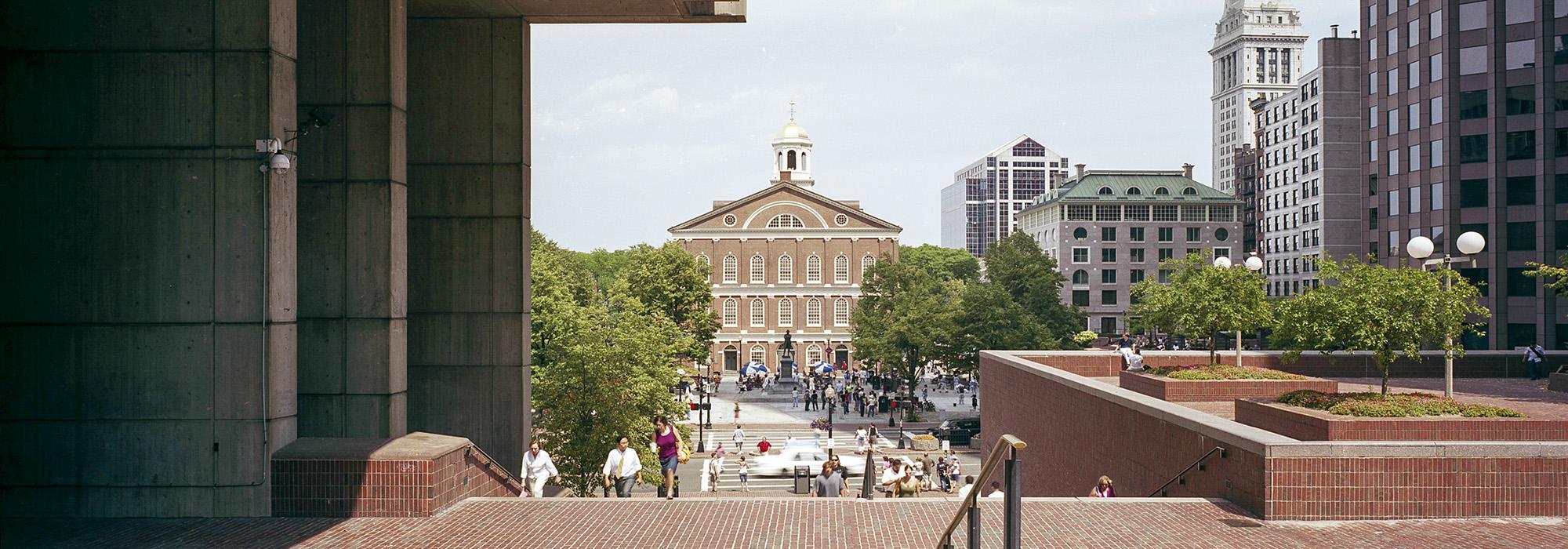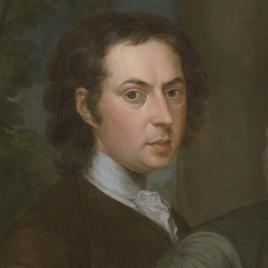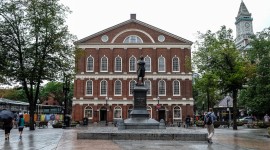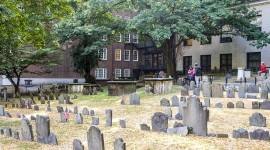Pioneer Information
Born in Edinburgh, Scotland, Smibert was a painter and architect who established an early tradition of colonial portraiture in Boston. He was apprenticed to a house painter in Edinburgh, leaving for London in 1709. From 1713 to 1716 Smibert studied at London’s Great Queen Street’s Academy. He then spent three years working as a professional portrait painter in Edinburgh. Smibert traveled in Italy from 1719 to 1722, studying and copying paintings in Roman and Florentine art collections and purchasing works for his collection. Upon his return to Britain he set up shop in London, keeping a studio in the Covent Garden district between 1725 and 1728. That year Smibert accompanied Irish philosopher and Anglican churchman Dean George Berkeley on an unsuccessful mission to establish a college for colonists in Bermuda, where Smibert would teach drawing, painting, and architecture. They landed in Newport, Rhode Island in 1729, where they awaited funding from Parliament, which was never approved. Berkeley returned to England after two years, but Smibert remained in Boston to pursue a profitable career as a portrait painter. He painted many prominent Bostonians, mainly merchants, and supplemented his income by running a shop where he sold prints and art supplies. Also dabbling in architecture, Smibert drew the plans for Faneuil Hall, Boston’s first public market, in 1742.
Trained in the Dutch-influenced style of portraiture fashionable among the British aristocracy, Smibert brought a new sophistication to New England art. He died in Boston at the age of 62 and was buried in the Granary Burying Ground in Boston.







